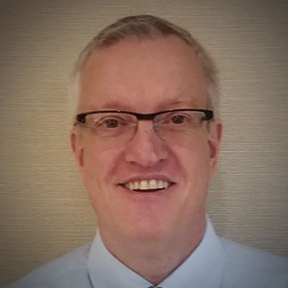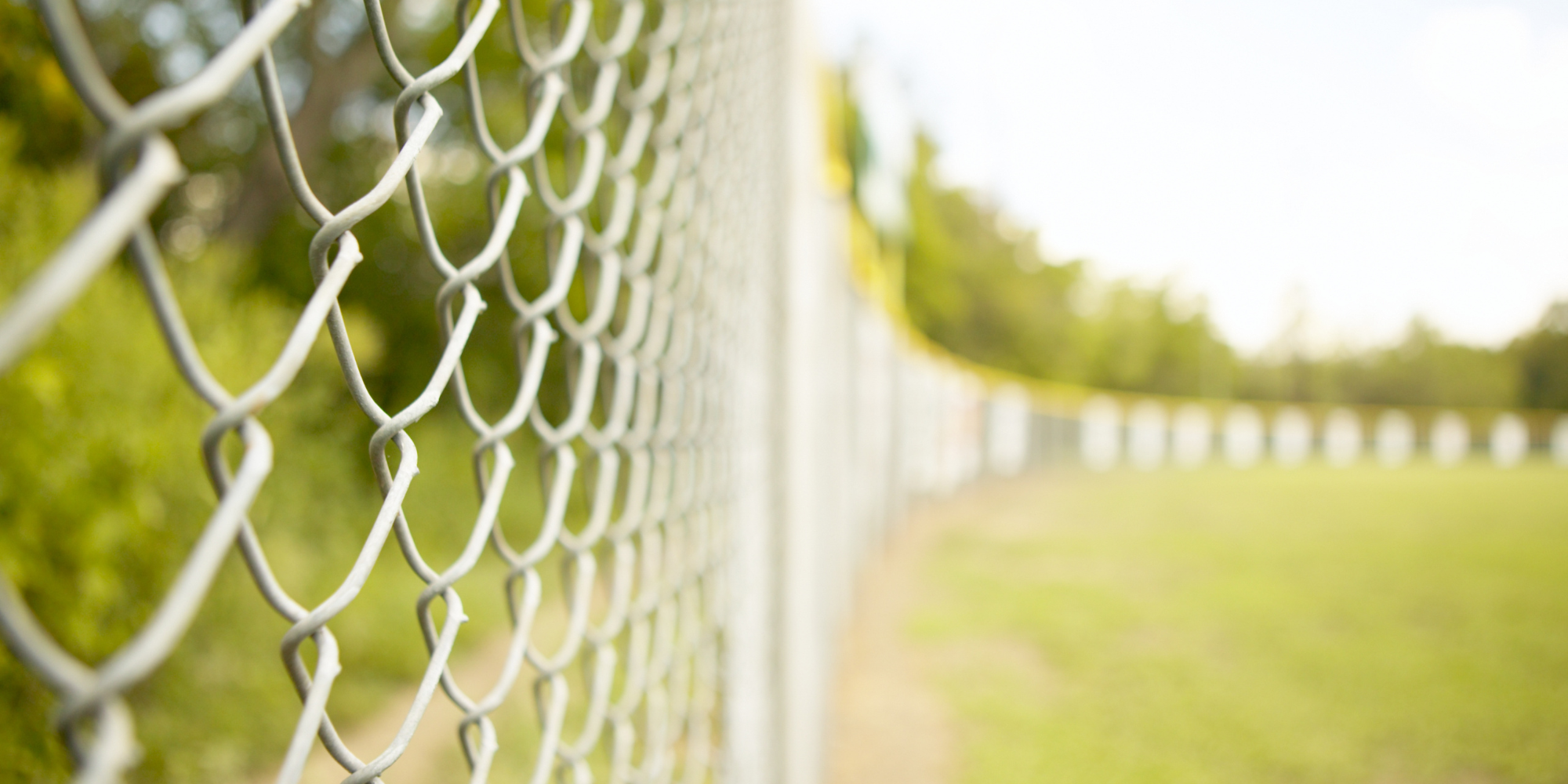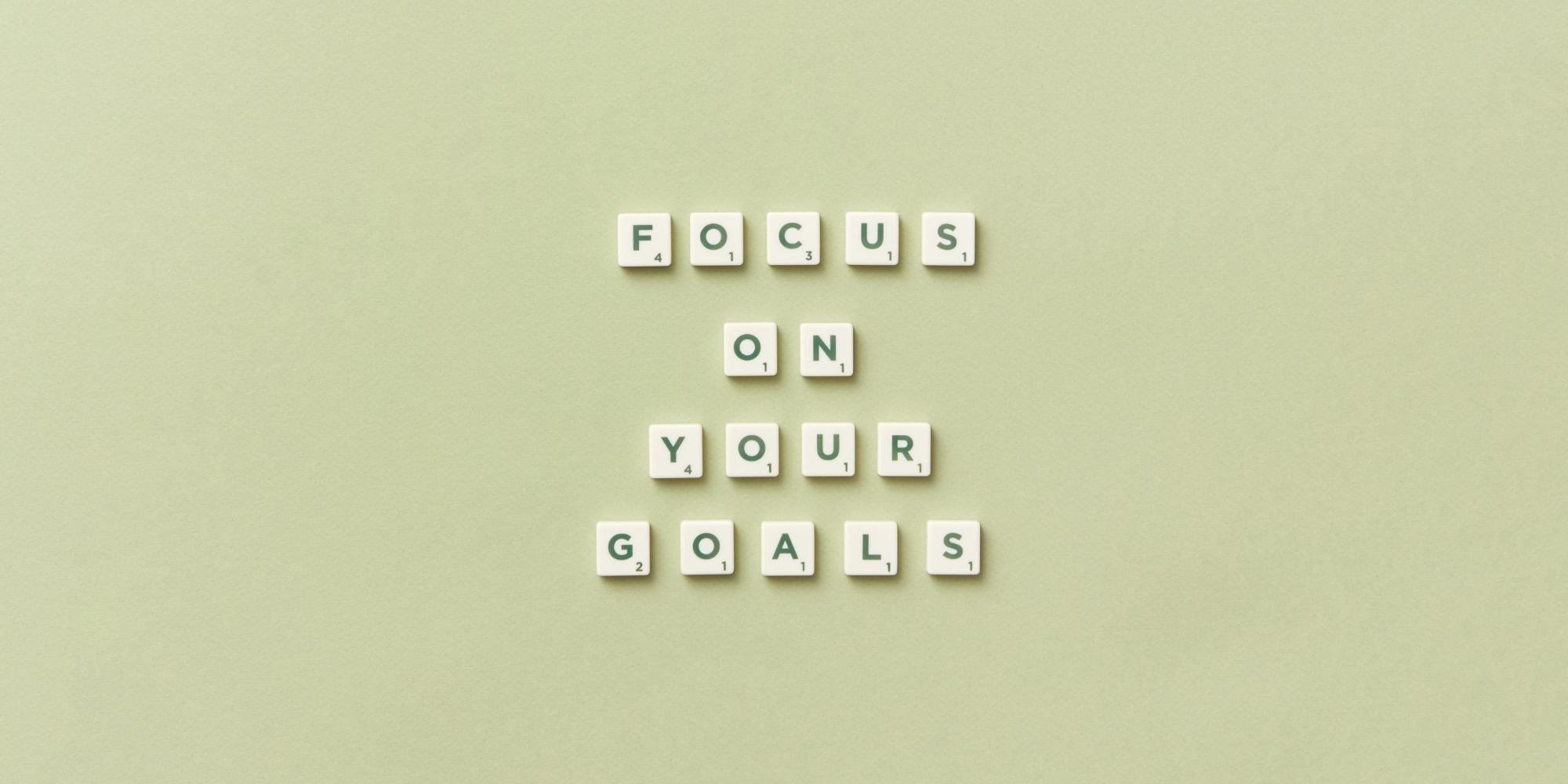I saw a video the other day with Neil deGrasse Tyson, and he said one thing that made my mind explode. He talked about the idea of the “How-Why Duality”. In mathematics, Duality is the idea that optimality happens when you need to balance two things to come to the best possible solution.
As I thought through the concept, it got me thinking of how we have to balance “How and Why” for our patients. It’s important that we give patients both! While a team might be amazing at teaching patients how to live a heart-healthy life, if they don’t hear why the lessons are important, they aren’t going to meet their goals. In a similar vein, a patient might completely appreciate the why, but may need help understanding the how process to make any progress. It’s a balancing act.
Applying the How-Why Duality to Cardiac Rehab
So how are you and your colleagues doing with balancing those two things with your patients? Pritikin provides lots of great information designed to empower (the how) your patients with the tools that they need to thrive. That’s only one part of the equation, so what are you doing to inspire (the why) your patients to change their lives?
How do you inspire? It’s harder for some people to talk about the why, but it’s absolutely a critical part of teaching adults. When I worked with physicians more regularly, I quickly learned that they would not take me seriously until I referenced the why so I honed that skill in order to get them involved.
Your patients are like that as well, and their motivation or their why is simple. The why is (usually) that they don’t want to end up back in the ER with another cardiac event. But it’s also more than that.
The Carrot and the Stick: Two Types of Why
If you talk to me for any length of time, you will hear me talk about carrots and sticks. If I’m trying to get a donkey to do something, I can either entice them with a carrot or I can hit them with a stick. Both are inspiring in that they prompt the donkey to do something that I want them to do, but one is a positive driver while the other is a negative. Likewise, people respond to both but their attitudes will change depending on how they are used.
So, if you tell a patient that the why is that they don’t want to end up having another cardiac event, that’s a stick. Fear works and will certainly motivate them to act, but it also breeds contempt if overused. Obviously, I prefer carrots to sticks when looking to motivate people but, again, that can be overused as well. If you give a donkey a couple of pounds of carrots, then carrots are no longer an enticement. Therefore, if I had my way, I would always use carrots but sometimes a stick is needed when people aren’t responding to the carrots.
If I were to talk to a patient, I could easily say, “You should do ICR because you don’t want to die.” Simple and direct. The likely response would be that they would exercise and eat better. But eventually, they are going to tell me what I can do with my healthy oatmeal pancakes and go back to their old routines because they don’t see the direct benefit. Sticks work when they are constantly a threat but once you pull the threat away, they become less of a motivator.
I would prefer to say to that same patient, “When you start feeling better, what is something that you look forward to doing? Do you want to travel? Play golf? What’s something that gets you excited?” Try it and you will see their eyes light up. They might relay that they want to go to Europe for their 35thanniversary or want to take walks with their granddaughter. Then, when they start to lose focus in the coming weeks, you have something to use to remind them about their why. Using this method, when your patient is tired and depressed, and it seems like they are losing their motivation, you can remind them of their why by asking, “Have you made any plans to go to Europe? Your hard work is paying off, and you will be able to do that in just a few months if you want to! Now, let’s try one more set of those bicep curls!”
Harnessing your Why
So now, let me ask you a question: why do you work in CR? You could work in lots of different places, so why CR? If I were leading a team training with you and I asked that question, I bet I would see the faces of you and your colleagues light up because many of you get excited about the life-changing work you do. You see cause and effect; your work (cause) changes lives (effect). Let me say that again. You. Change. Lives.
You. Not someone else. You.
You have the motivation; you have the desire to do good for your patients. That’s your why, your carrot. The Pritikin tools along with your education and experience are the how. We work together to create a positive experience for your patients and change lives. It’s a pretty great job if you ask me.
Is it an easy job? No, working in healthcare is not easy. Is it frustrating and heartbreaking sometimes? Sure, but that’s the nature of working with people. The best moments are when we get to see the fruits of our labors. You see a patient who has been transformed, and you remember that you have that kind of ability, and you feel good about what you do.
That’s why a patient can’t just order a book from Amazon and expect their lives to be healthier. They need you, your passion, your drive, and your why so that they can take the steps that they need to take and be healthier.
Bringing it home
What I love to do is to help initiate a ripple of inspiration. If I can motivate one person by helping them remember why they are working towards their goal, they might in turn do the same for others in their circle of influence. If we do that consistently, our effect would be monumental!
My mantra has become, One Person, One Heart. Focusing on the individuals I connect with is how I change lives. It’s my why and my how. Do I forget my why some days? Absolutely. But then someone else reminds me of my goal to help others, and I refocus and try harder.
You have the power to make a difference in your patients and your community and your world. There are lots of things that I can’t change in the world today, but the one thing that I can do is to make a positive impact on a friend or loved one. Or a patient.
Go change lives.




